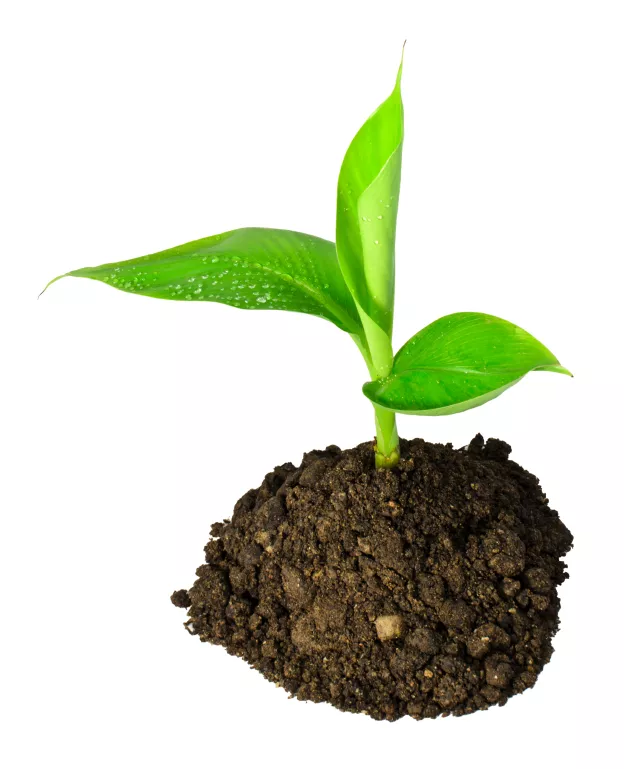The tropical banana tree brings variety to local areas. As a houseplant or as a large specimen in your own garden, you can isolate these short-lived plants. Alternatively, you can use seeds for ornamental and edible bananas. Learn more about handling.

Separate small plants
The banana produces small offshoots at regular intervals. Separate them during the annual repotting. The Kindel should already have strong, slightly darker leaves (about 3 - 4 pieces). Then their growth height is about a third of that of the mother plant.
The right cut:
- Cutting tool: sanitized and sharp knife
- cut off directly on the trunk, with tender roots
- Let the cut on the mother plant and offshoot dry for a short time (to prevent rot)
The small plants are then planted in separate flower pots with a special substrate. Make sure that these are always kept slightly moist. This supports rooting. To ensure constant humidity, put a plastic bag over the planters.
Tip:
Air holes in the bags ensure beneficial circulation. Mold formation is prevented.
The ideal location is sunny and warm. With optimal care, the little plants thrive. From a growth height of around 100 centimetres, bananas can also stay in the garden in a wind-protected place. Note that most varieties are not frost hardy, however. From the age of 3 to 4 years, home-grown plants are considered robust and can spend the summer in the garden.
Sow bananas
The germination time of banana seeds is very long. You can shorten them by soaking the seeds beforehand. In addition, these are lightly sanded at one point and placed in the substrate.
Tip:
- Preparation: Soak for 1 to 2 days
- lukewarm (rain) water
Suitable varieties:
offshoot:
- Japanese fiber banana (Musa basjoo)
- Pink dwarf banana (Musa velutina)
Sowing:
- Pink dwarf banana (Musa velutina)
- hardy edible banana (Musa hookeri)
- Edible banana (Musa helens)
tips and tricks
Banana plants have a short lifespan. Obtaining offshoots offers the best conditions for enjoying the tropical perennial for many years to come.
FT